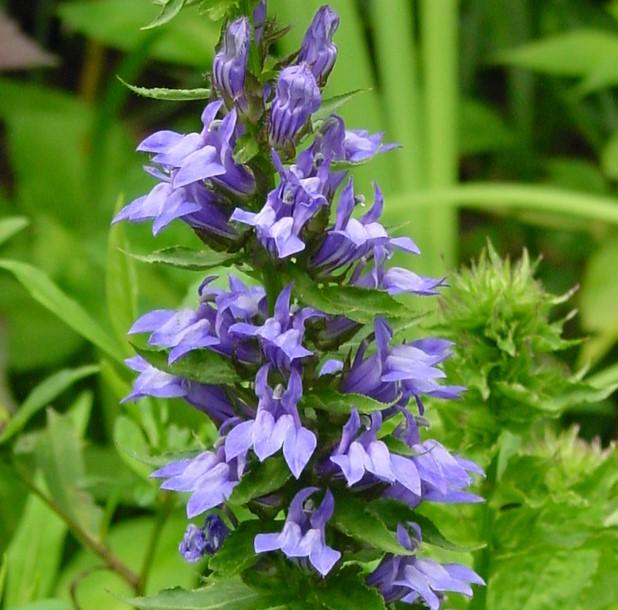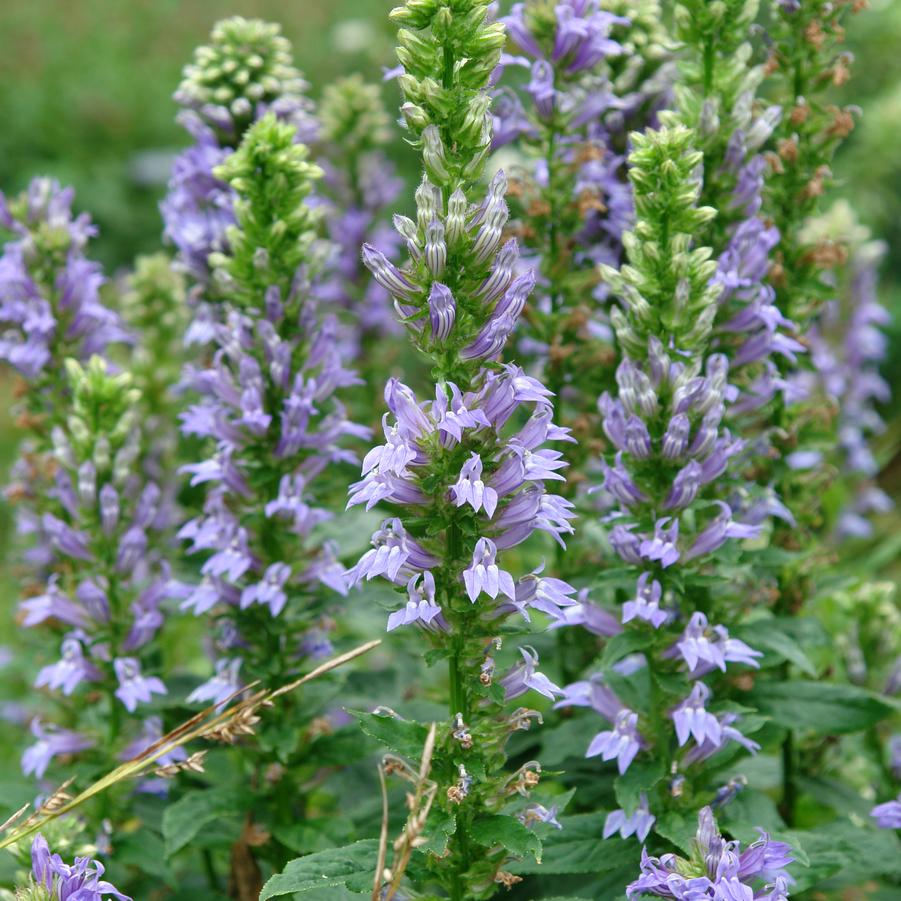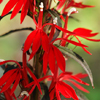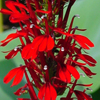





Plant Calculator
Enter the approximate length and width of the area you will be planting and click 'Calculate' to determine how many Lobelia siphilitica you will need.
Correct and successful spacing is complex and depends on project conditions. We encourage you to call us at 877-ECO-PLUG for project specific recommendations and further assistance.
Lobelia siphilitica
great blue lobelia
- Category: Perennial, Native
- Hardiness Zone: 4-8
- Height: 2-3 Feet
- Spread: 12-18 Inches
- Spacing: 12 Inches
- Bloom Color: Blue
The spikes of brilliant true blue flowers on this wetland native attract butterflies, hummingbirds and neighbors to your garden! Lobelia siphilitica provides outstanding color for the border, wet meadow or pond edge. Naturalizes easily in moist soils, but tolerates periods of drought.
Wetland Indicator Status
| • | Falcutative Wetland (FACW) |
For Animals
| • | Caution: Toxic |
| • | Deer Resistant |
| • | Hummingbird-friendly |
| • | Pollinator-friendly |
| • | Songbird-friendly |
Season of Interest (Flowering)
| • | Late Summer |
Propagation Type
| • | Open pollinated |
Additional Information about Lobelia siphilitica
The spikes of brilliant true blue flowers on this wetland native attract butterflies, hummingbirds and neighbors to your garden! Lobelia siphilitica provides outstanding color for the border, wet meadow or pond edge. Great blue lobelia naturalizes easily in moist soils, but tolerates periods of drought better than Lobelia cardinalis. Growing 2’-3’ tall and 1’-2’ wide, L. siphilitica blooms at the same time as L. cardinalis and attracts similar insects. The blue coloring is unusual and is especially striking as it comes into season at the same time as yellow asters are in full bloom nearby.
Found in swamps and wet ground from Maine to Manitoba and Colorado, south to North Carolina and Texas, great blue lobelia prefers moist, open spaces in filtered shade. It can tolerate deep shade in drier conditions or full sun and consistently moist conditions. If in a happy situation, plants will self-sow.
Lobelia siphilitica earns its unfortunate specific epithet because it was believed to help with the disease, syphilis. It provides nectar to some species of bumblebees as well as hummingbirds but its seed is believed to be too small to be of much use to most vertebrates, including birds and voles. The great blue lobelia does well in contrast to yellow flowered asters and in moist sites in the perennial border, wildlife garden, restoration area, and in a woodland garden.
Growing & Maintenance Tips for Lobelia siphilitica
Lobelia prefers moist, organically rich soil in shady to sunny areas. Tolerates drier locations than L. cardinalis, but insists on some afternoon shade in warmer zones. May self seed if happy. Infrequently, flowers are white.


